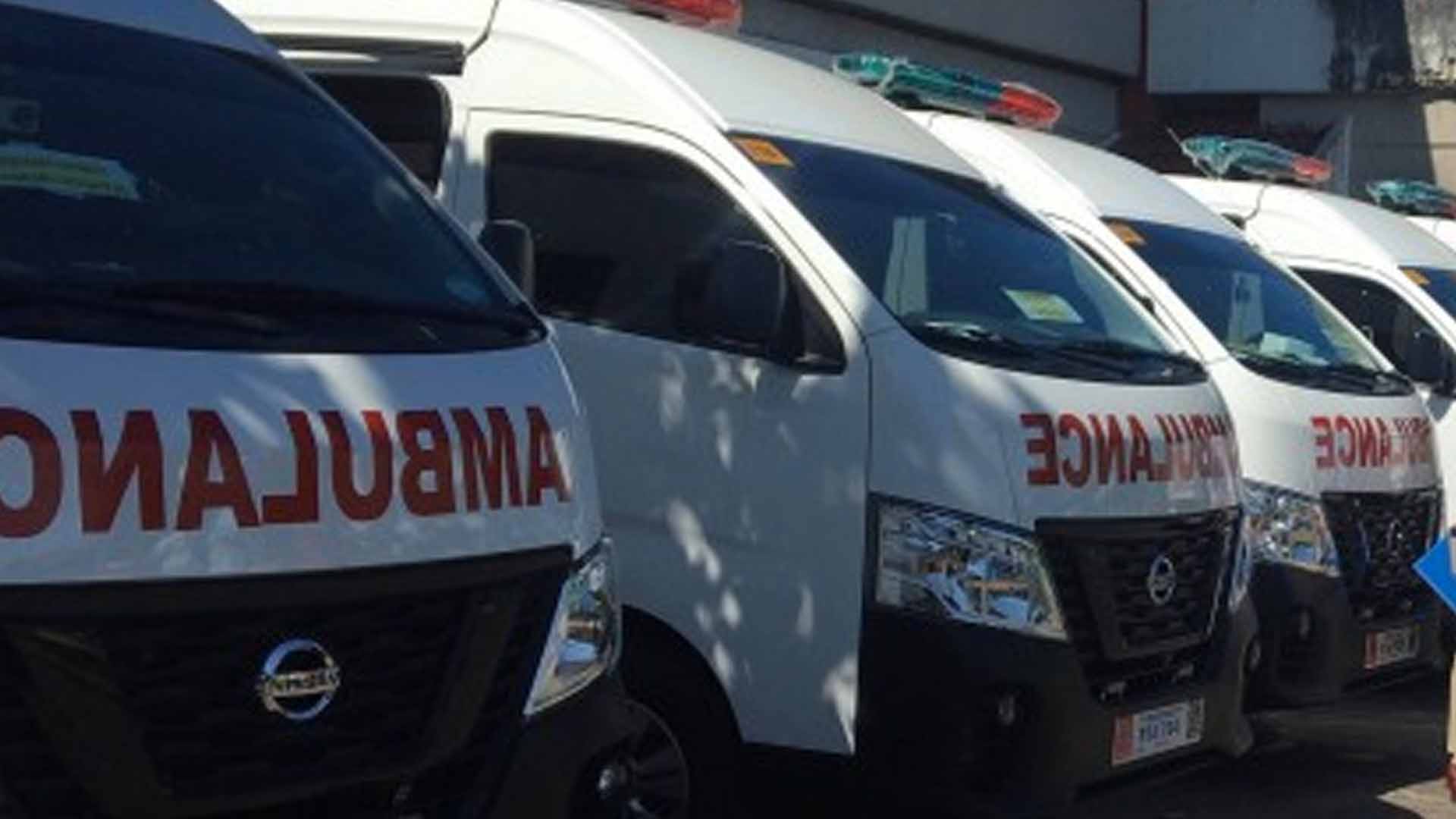To deliver better health services to Bicolanos, the Department of Health (DOH) regional office here has started handing out new ambulance units to several provinces in the region.
“We were able to turn over six units today (March 9), of which three were for Albay, one for Camarines Sur and two for Camarines Norte, and we are expecting to turn over at least another eight units on Wednesday,” said Kris Bryan Baria, officer in charge for the Health System and Facility Development Cluster of DOH-5 (Bicol Region) in an interview on Monday.
The six ambulances are part of a total of 60 new units that DOH-5 is set to give to five provinces in Bicol.
Baria said funds for the purchase of the ambulances came from the agency’s approved 2019 budget for the Region Health Facilities Enhancement Program.
He said the 60 ambulance units will be distributed as follows: Camarines Sur-25; Albay-18; Sorsogon-8; Catanduanes-6; and Camarines Norte-3.
“For Masbate, we were able to give them five sea ambulance units last year,” he added.
Asked on the cost per unit, Baria said the ambulances were acquired for PHP2.3 million each. “It is a little bit costly because it is not just a vehicle but a fully equipped ambulance unit. Each ambulance has medical equipment, instruments, accessories and peripherals needed,” he said.
Baria said the ambulances will be very helpful in bringing patients to health facilities, particularly those who would need immediate medical attention and response.
“Upon delivery, each ambulance shall undergo preliminary physical inspection by the inspection team to ascertain the physical condition and acceptability of the units,” he said.
Each ambulance unit has an automatic external defibrillator, nebulizer, portable suction machine, examining light, aneroid sphygmomanometer, folding stretcher, scoop stretcher, heavy duty stethoscope, and oxygen cylinder, among others. (PNA)







